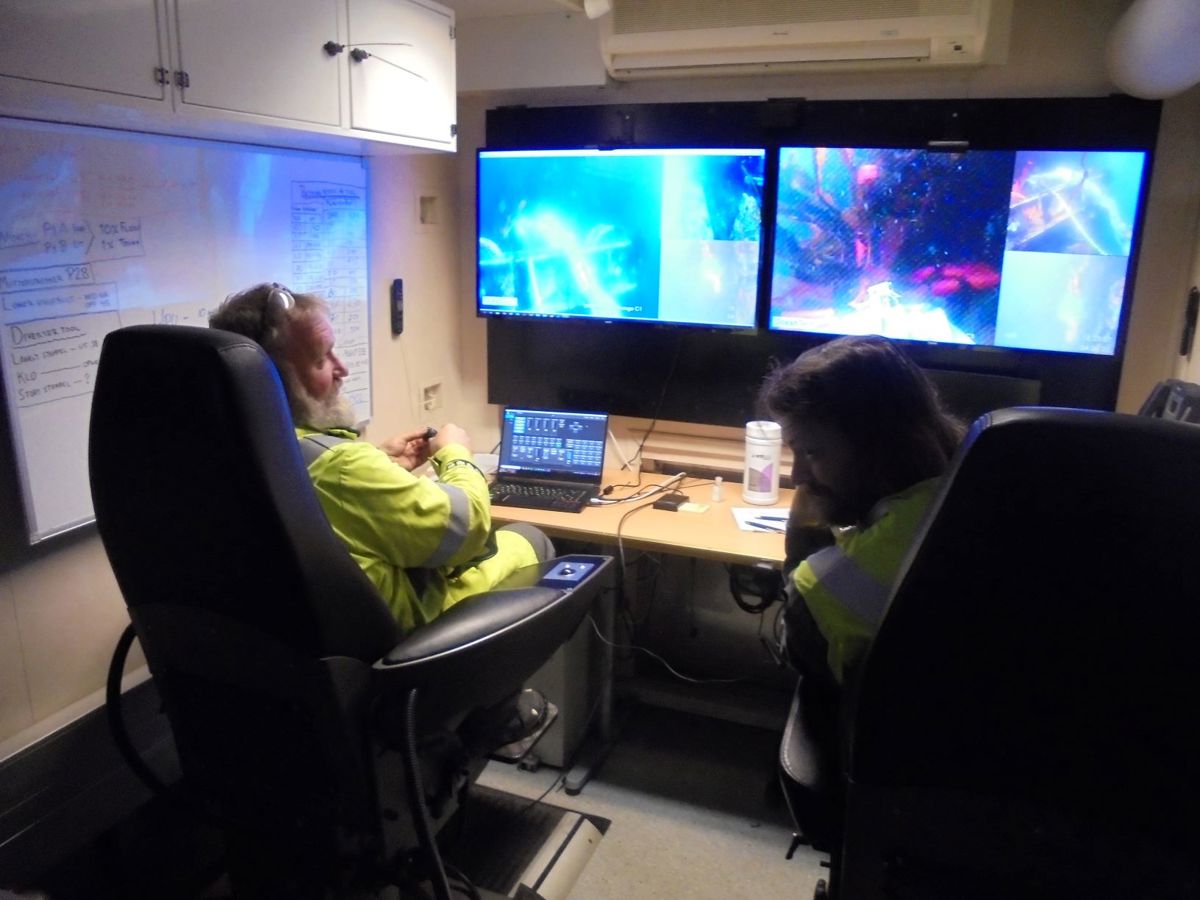The offshore industry is increasingly adopting unmanned platforms and remote operations. In the North Sea, the Yggdrasil project is setting new standards with plans to coordinate nine fields from a new operations centre in Stavanger. Other parts of the world are similarly designing platforms for remote operation from shore, eliminating the need for a permanent crew.
The challenges related to managing POB, including accommodation, logistics, safety, and operational disruptions, are a key driver behind this shift. These concerns are often intensified when hiring a service or maintenance contractor. Additional issues may arise, such as coordination and communication difficulties and quality control issues.
OceanTech’s field-proven robotic solutions require minimal logistical assistance, POB, and space offshore. We have 20 years of experience working on complex projects worldwide, constantly innovating to meet our clients’ needs. Our strong commitment to operational excellence ensures efficient, safe, and cost-effective solutions for offshore operators.
Our POB and space requirements
Our equipment and tooling are lightweight and deployed from the platform with specialised rigging techniques. This allows small crews of 3–6 platform-based personnel to perform tasks that diving teams or expensive ROVs struggle with or cannot complete.
OceanTech’s self-reliant teams generally include a team leader, a pilot, a rope access or subsea technician, and an inspection engineer if required. All personnel have a proven track record of successfully operating our robotic solutions. We are certified to ISO 9001 standards and pre-qualified to conduct maintenance on all oil and gas installations in offshore areas of the Norwegian and British continental shelves. In other offshore basins around the world, we adhere to local requirements and regulations, including relevant labour laws and HSE regulations.
Our standard suite consists of three main units: a hydraulic power unit, a control cabin or suitcase, and splash zone tools. Most equipment is transported and installed by our personnel. We may require crane crew support to lift our tools onto the platform, but once unloaded and installed, we have no further need for support during operations.
Space requirements: Our standard set-up includes a topside container with control systems and a designated space for equipment preparation. If space is limited, we may use a smaller suitcase control unit.
Facility requirements: We require electricity, compressed air, and short-term crane support. Whenever required, cranes can be substituted by temporary lifting solutions.
Onboard preparations: Once our equipment and tooling are unloaded, we require 1–2 days for onboard preparations. The mobilisation time offshore depends on factors such as the number of air hoists and other rigging equipment to be installed. All our splash zone tooling is rigorously tested at our Subsea Test Centre, and we always strive to streamline the offshore preparation and installation process.
Efficiency, safety, and cost-effectiveness
Our overarching goal offshore is to maintain operational efficiency and high safety standards while reducing the need for extensive accommodation and logistical assistance.
Efficiency: Rapid mobilisation and deployment contribute to reducing the time we spend offshore. Technology also plays an important role. Our robotic solutions are unaffected by adverse weather conditions, minimising waiting time for favourable weather windows and making project timelines more predictable. Additionally, our experience from working on operations worldwide ensures efficient coordination and communication onboard.
Safety: Our low POB and remotely operated solutions significantly enhance safety offshore. Our teams often manage projects from feasibility studies through to offshore implementation, ensuring comprehensive understanding and control. We have proudly achieved over 200,000 incident-free offshore work hours, demonstrating the reliability of our technology and the expertise of our staff.
Cost-effectiveness: Having fewer personnel on board also results in lower accommodation and logistical costs. Our experience in managing complex projects ensures thorough planning and execution, reducing the likelihood of costly disruptions such as equipment failures or other technical problems.
OceanTech’s approach enhances project efficiency, safety, and cost-effectiveness. Our minimal POB requirements, lightweight and rapidly deployable equipment, and extensive experience in complex planning and coordination ensure project success.



